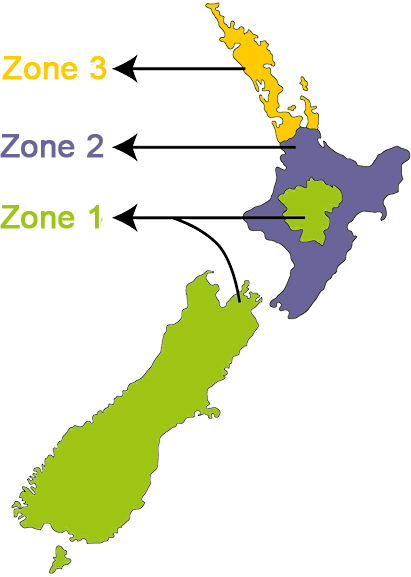
Growing Guide
Mizuna prefers temperatures between 8-18˚C, making it ideal for growing in winter in an unheated greenhouse. It seems very tolerant of low light levels, growing longer than most vegetables. It can be planted all the way from early Spring through to Autumn and leaves harvested It tolerates a wide range of soil types, as long as they are fertile and moisture-retentive. Additional feeding is usually not needed if lots of organic matter is incorporated before sowing or planting.
Sow mizuna in rows and gradually thin sequentially, initially to 10cm apart, and then 20-45 cm apart, depending on how big you want your final plants to be.
These first thinnings go straight into your salads – well-washed roots and all – and are succulent and tender.
If transplants are used, it is best to either transplant when they are very small, or sow into modules.
Any check in growth can result in plants quickly running to seed.
Seedlings will be ready to plant out in 2-3 weeks from sowing.
Though mizuna is frost-tolerant, spring and autumn-sown plants in cooler climates will be faster growing and produce more tender greens under cloches.
Grow as you would in rows and perhaps intersperse other leafy greens such as Mesclun to give a diverse salad direct from the pot.
Make sure to add plenty of organic matter in your pot and potentially biochar to ensure water retention.
If the plants are growing slowly, add liquid seaweed fertiliser to your watering routine.
Summer sowings may benefit from light shade.
If plants do not appear to be growing rapidly, a liquid feed with seaweed will boost them along nicely.
Plants need to be kept well watered, especially in hot weather.
Healthy plants are seldom troubled by pests.
To rejuvenate older plants, cut all the leaves to about 2-3cm above the ground, then liquid feed to boost new growth.
You can eat your first greens as soon as 16 days after sowing, and any stage of growth can be harvested from little seedlings to large plants.
The younger and smaller the leaves, the more tender to eat.
The leaves make an attractive garnish and even the flowering shoots area can be eaten.
Older leaves can be fibrous, especially if lacking water.
In the West, mizuna is popular as an off-season salad vegetable and the baby leaves have become common in mescalin.
In the East, mizuna is treated like other oriental greens, either steamed or stir-fried, alone or with other vegetables, meat, poultry or fish.
Traditionally it is cooked in soups, or pickled, or cooked in sukiyaki-like dishes.
Stalk pieces are pickled and served as an appetiser.
When all other salad plants in the garden succumb – and you can count on it in winter – this stalwart of garden greens will not fail you.

Zone 1 - Cool
January , February , March , April , May , June , July , August , September , October , November , December
Zone 2 - Temperate
January , February , March , April , May , June , July , August , September , October , November , December
Zone 3 - Subtropical
January , February , March , April , May , June , July , August , September , October , November , December
Pests
Problems